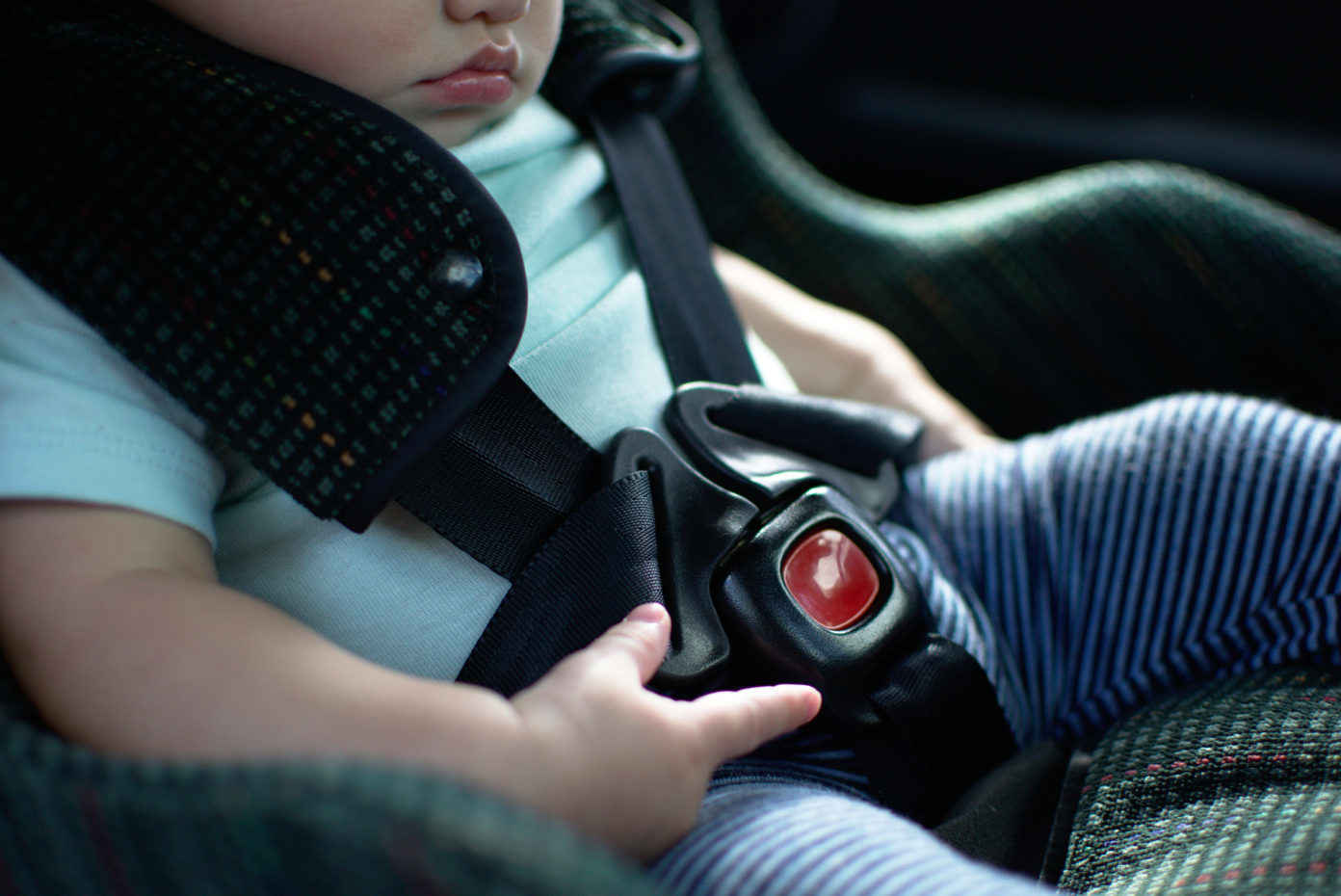A Quiet Epidemic: Solving Incidences of Vehicular Heatstroke
August 1, 2019
Overview
As temperatures across the U.S. rise each year, shocking news of children dying from vehicular heatstroke floods the headlines. Pediatric vehicular heatstroke is the premier cause of non-intentional, non-crash deaths in the U.S. Since 1988, Kids and Cars, a child safety advocacy group, has documented 4,500 cases of children endangered because a parent or guardian left them unattended in a parked car. More than 36 children die annually across America each year from vehicular heatstroke. These are tragic and wholly preventable deaths.

Although states with hotter climates have higher rates of pediatric vehicular heatstroke deaths, children’s lives are in danger in every state. Pediatric vehicular heatstroke can happen in temperatures as low as 57 degrees Fahrenheit. Because children’s body temperatures rise at a rate three-to-five times faster than the average adult, they are considerably more susceptible to heat strokes. Only three percent of vehicular heatstroke deaths involve persons over the age of three years. Exterior temperatures of 90 degrees Fahrenheit may become fatal for a child in 10 minutes.
In response, multiple advocacy groups support The Hot Cars Act of 2019, recently introduced in the U.S. House of Representatives. The Act requires all new cars to be equipped with advanced technology to detect and alert distracted caregivers to the presence of a person in the back seat.
Advanced alerts may be meaningful. However, existing technological solutions already on the market, like Kars for Kids Safety apps and car seat alarms, have not seemed to stymie increases in pediatric vehicular heatstroke deaths. Moreover, car manufacturers predict it would take at least 20 years for The Hot Cars Act to have any substantial effect. Only 13 percent of new car buyers have a child under six years old and existing parents may not be quick to purchase new cars, according to the Alliance of Automobile Manufacturers.
Waiting for technological advancements risks children’s lives. Critics of The Hot Cars Act urge for greater public awareness to save lives today, pushing for more education and media coverage. Are these efforts enough? Despite increased media attention, the number of pediatric vehicular heatstroke deaths have risen in each of the last three years: 39 in 2016, 43 in 2017, and 52 in 2018.
Stronger state laws protecting unattended children from harm, non-intentional or otherwise, may help protect children now. Safety organizations promote policy action by:
- removing “safe time periods” from unattended child statutes;
- protecting child rescuers who act in good faith from liability for vehicular damage;
- expanding unattended child laws to apply to any person supervising a child;
- levying fines on caregivers who leave their child unattended; and
- criminally prosecuting grossly negligent caregivers.
Only 19 states currently have laws prohibiting children from being left unattended in vehicles even though 31 states have laws protecting animals from similar dangers. Since 1988 more than 800 children have lost their lives to this quiet epidemic. Preventing further tragedies requires effective public health laws designed to assure that children are not placed in harm’s way due to negligent, reckless, or intentional acts.
This blog was developed by Hannah-Kaye Fleming, Legal Researcher, and J.D. Candidate (2021), Sandra Day O’Connor College of Law, Arizona State University, and James G. Hodge, Jr., J.D., L.L.M., Director, Network for Public Health Law – Western Region Office, and Professor of Public Health Law and Ethics, Sandra Day O’Connor College of Law, Arizona State University.
Support for the Network is provided by the Robert Wood Johnson Foundation (RWJF). The views expressed in this post do not represent the views of (and should not be attributed to) RWJF.
